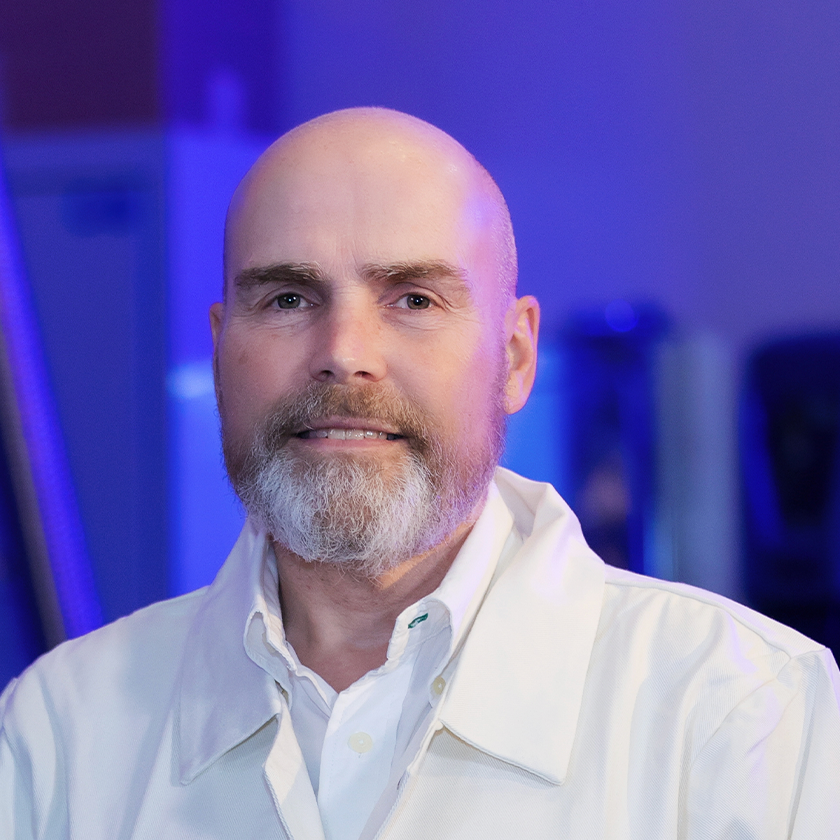
William Roberts
Professor, Mechanical Engineering
Director, Clean Combustion Research Center
“The carbon capture technologies that we’re developing could play a key role in achieving thenet zero emissions goal of the sustainable energy future.”
Program Affiliations
Biography
Dr. Roberts is a professor of mechanical engineering within the Physical Science and Engineering Division at KAUST, internationally recognized for his expertise in clean combustion technologies. He directs the Professor Roberts Research Lab, a high-pressure combustion(HPC) group involved in advanced optical diagnostics research to understand and control combustion processes at elevated pressure. He was an early member and subsequent director of the (former) Clean Combustion Research Center at KAUST. Prior to joining the university in2012, Roberts worked at North Carolina State University, and in his early career years, the Strategic Defense Initiative Office and NASA Langley. Roberts has published more than 340archival journal articles, and is the recipient of numerous distinguished awards for research contributions to the field of combustion. He maintains diverse affiliations with professional groups such as the American Chemical Society and American Institute of Aeronautics and Astronautics.
Research Interests
Dr. Roberts’ research interests include experimental combustion, propulsion, laser-based optical diagnostics for reacting flows and carbon capture from point sources. Of fundamental interest is the complex interaction between the various length and velocity scales in turbulent flows and the chemical kinetics associated with combustion. His focus is on understanding these interactions in canonical flames, using advanced techniques to measure scalar and vector quantities of interest. One overarching goal is to mitigate the environmental impact of converting hydrocarbons into heat and work. Current projects include ammonia combustion at high pressures, the influence of ammonia on soot formation and soot morphology, cryogenic carbon capture, oxidative desulfurization of heavy fuel oils, metal leaching for Li ion battery recycling, and gasification of vacuum residuals.
Education Profile
Ph.D., AerospaceEngineering, University ofMichigan, USA, 1992
B.Eng., AeronauticalEngineering, University ofMichigan, USA, 1986
Awards and Recognitions
Publications
Research Areas
- Mechanical Engineering

